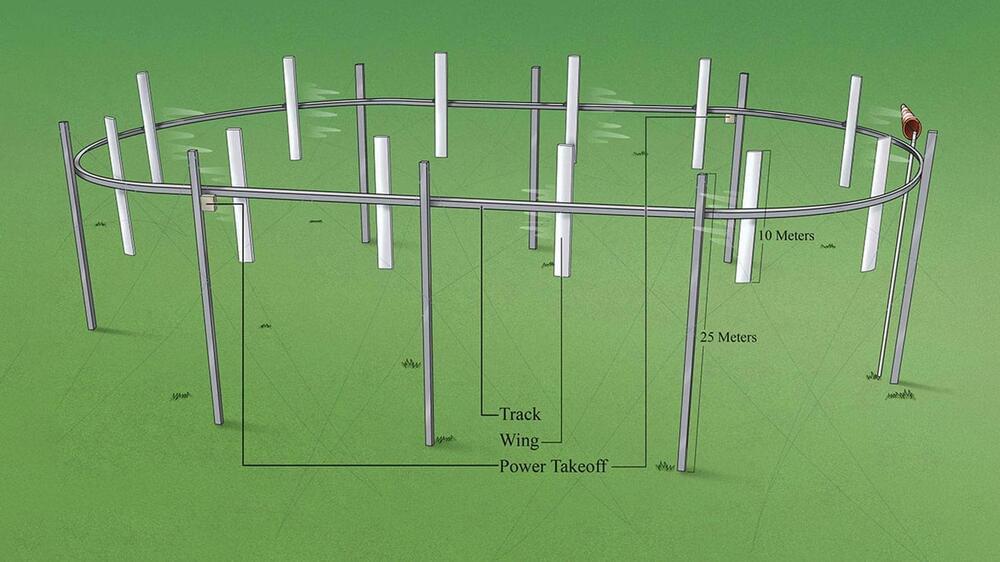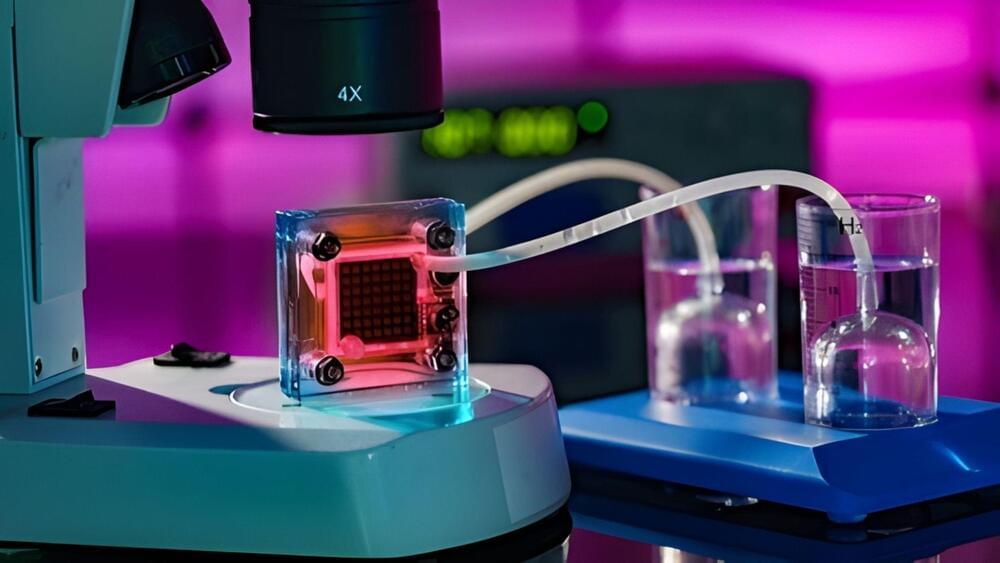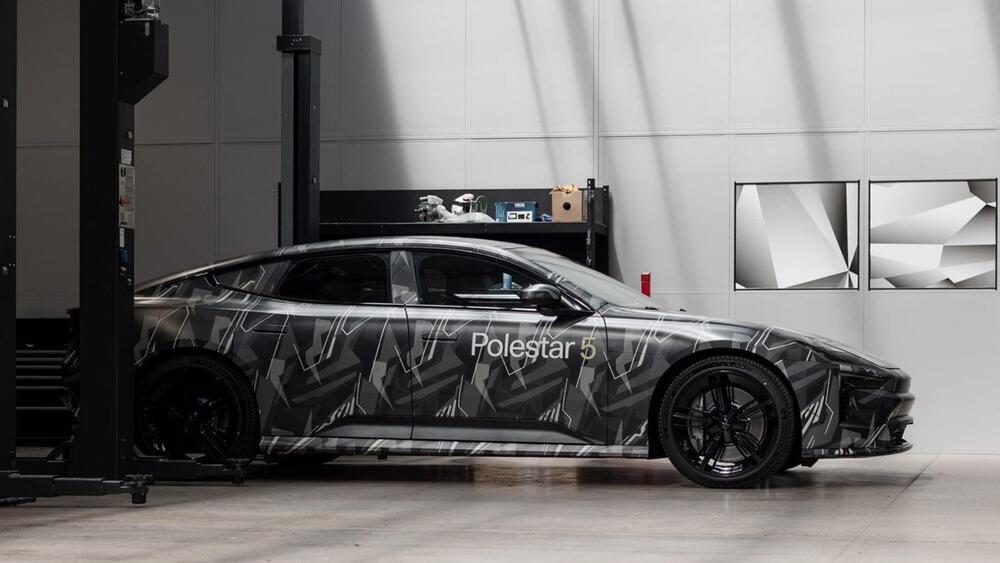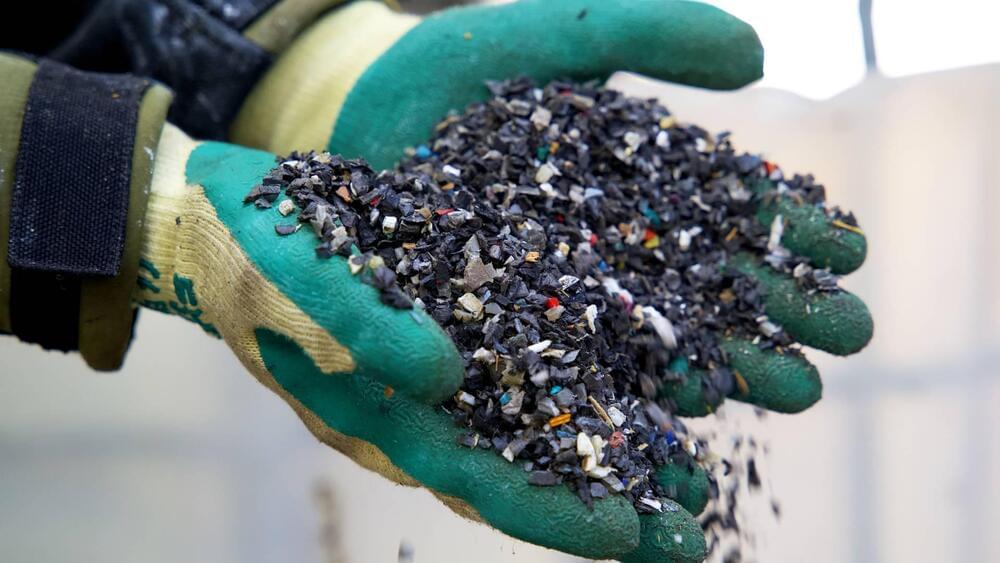It’s worth noting that Airloom’s new wind turbine can be configured vertically or horizontally and that it can be deployed offshore as well as on land.
“For decades, the wind industry has lowered the cost of energy production by scaling ever larger turbines. Although this has been extremely successful in driving down overall costs, the approach now faces challenges in terms of both siting and cost of materials,” said Carmichael Roberts of Breakthrough Energy Ventures in a press release. “Airloom’s unique approach can solve both these problems, opening new market opportunities for wind energy that will further drive down costs. We look forward to Neal’s leadership in bringing this revolutionary technology into the market.”
With small-scale prototypes already up and running, the company plans to use its seed funding for research and development of the Airloom wind energy test device, which is designed to produce 50 kilowatts (kW) of electricity. Future systems are expected to be megawatt-scale and deployed hundreds of megawatts at a time in utility-scale wind farms.






